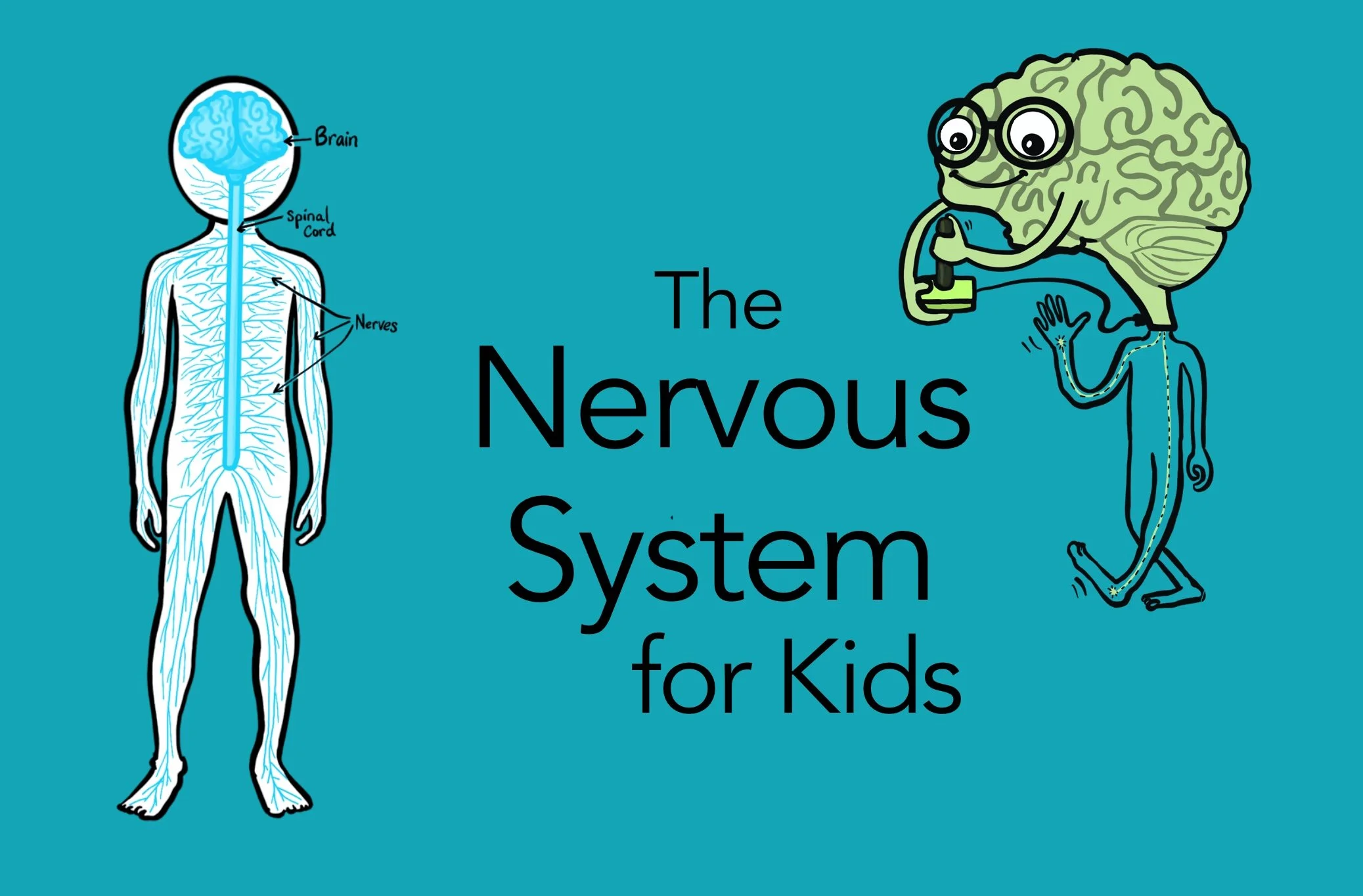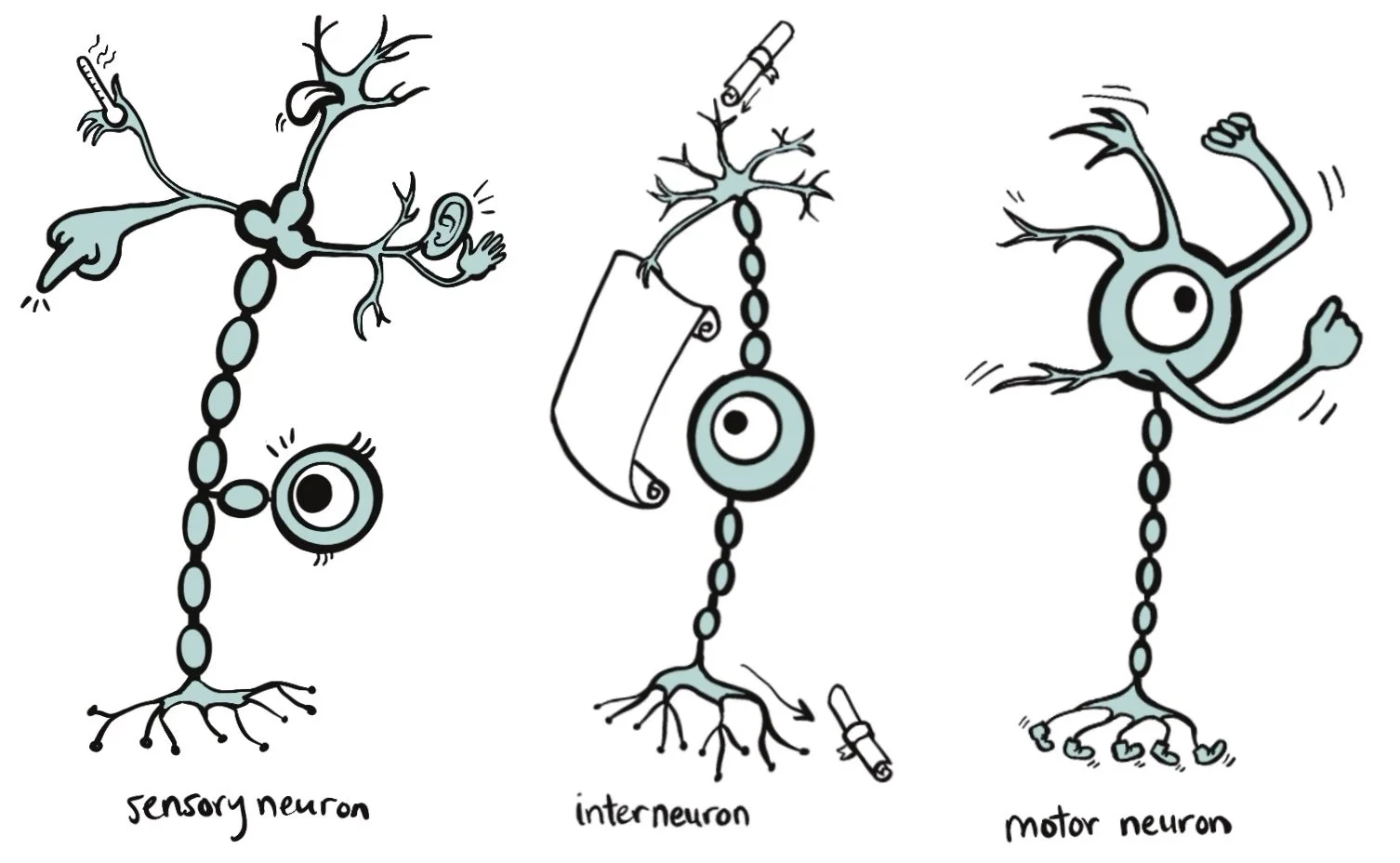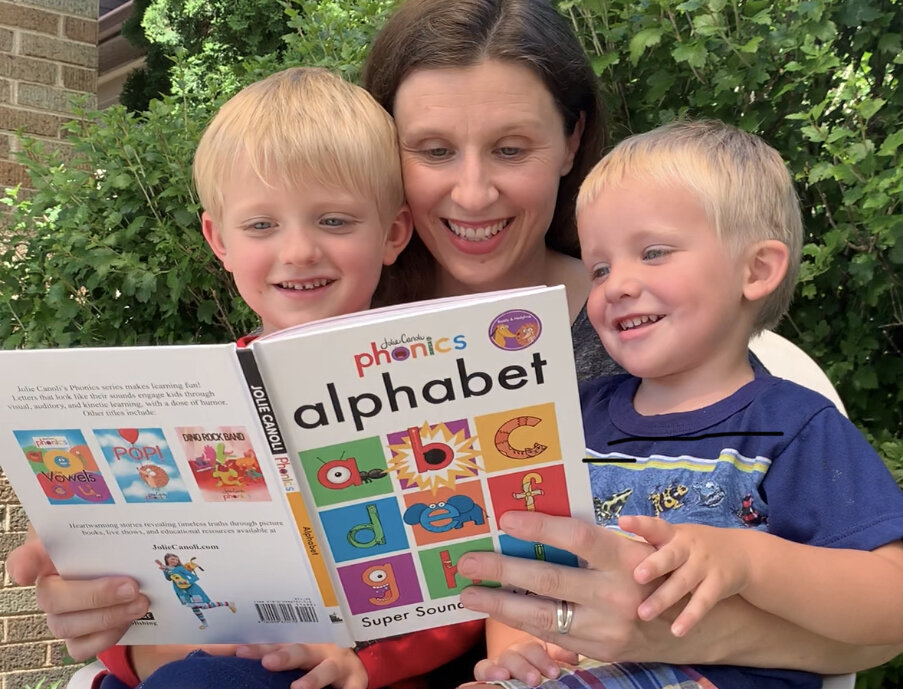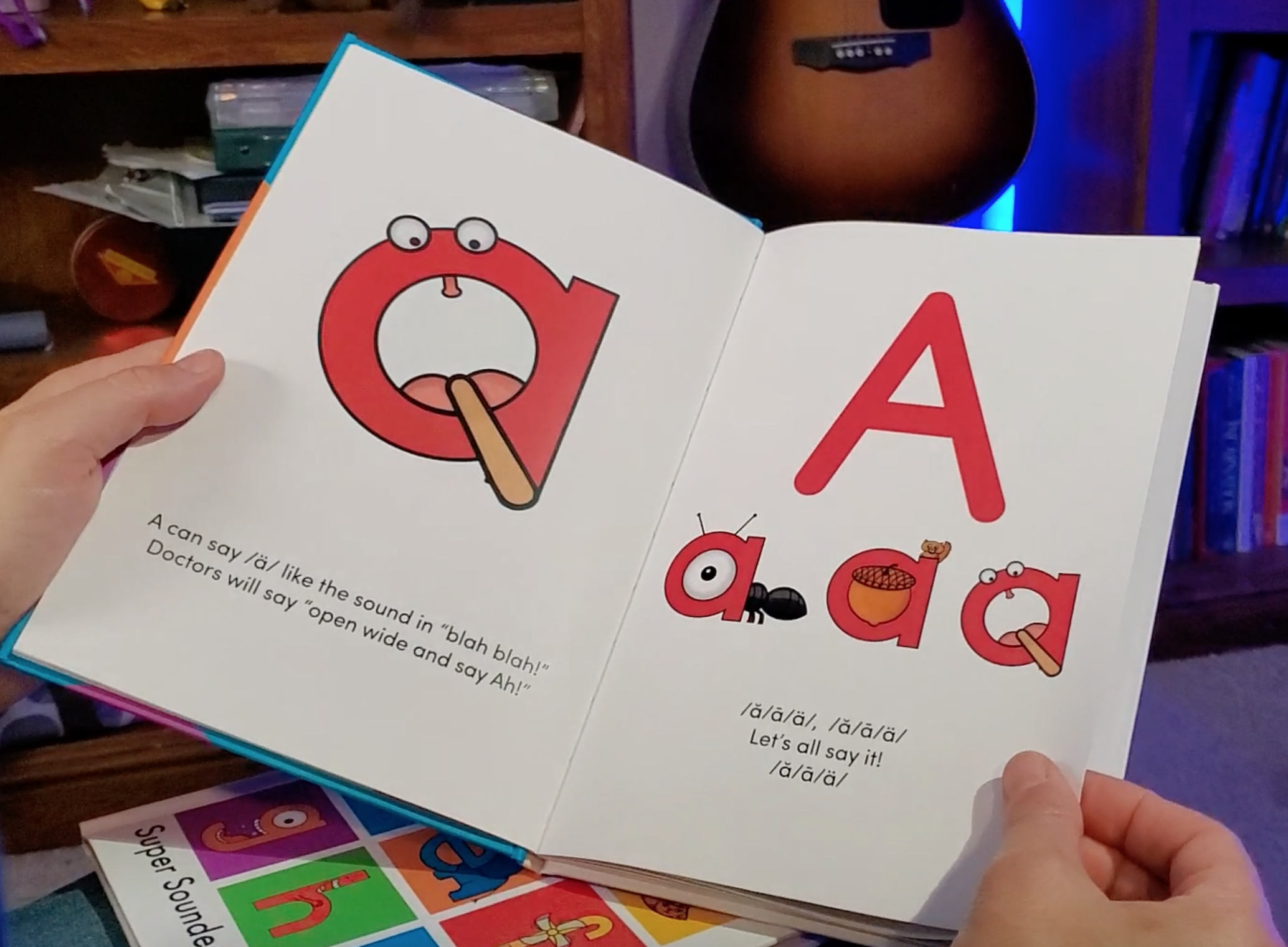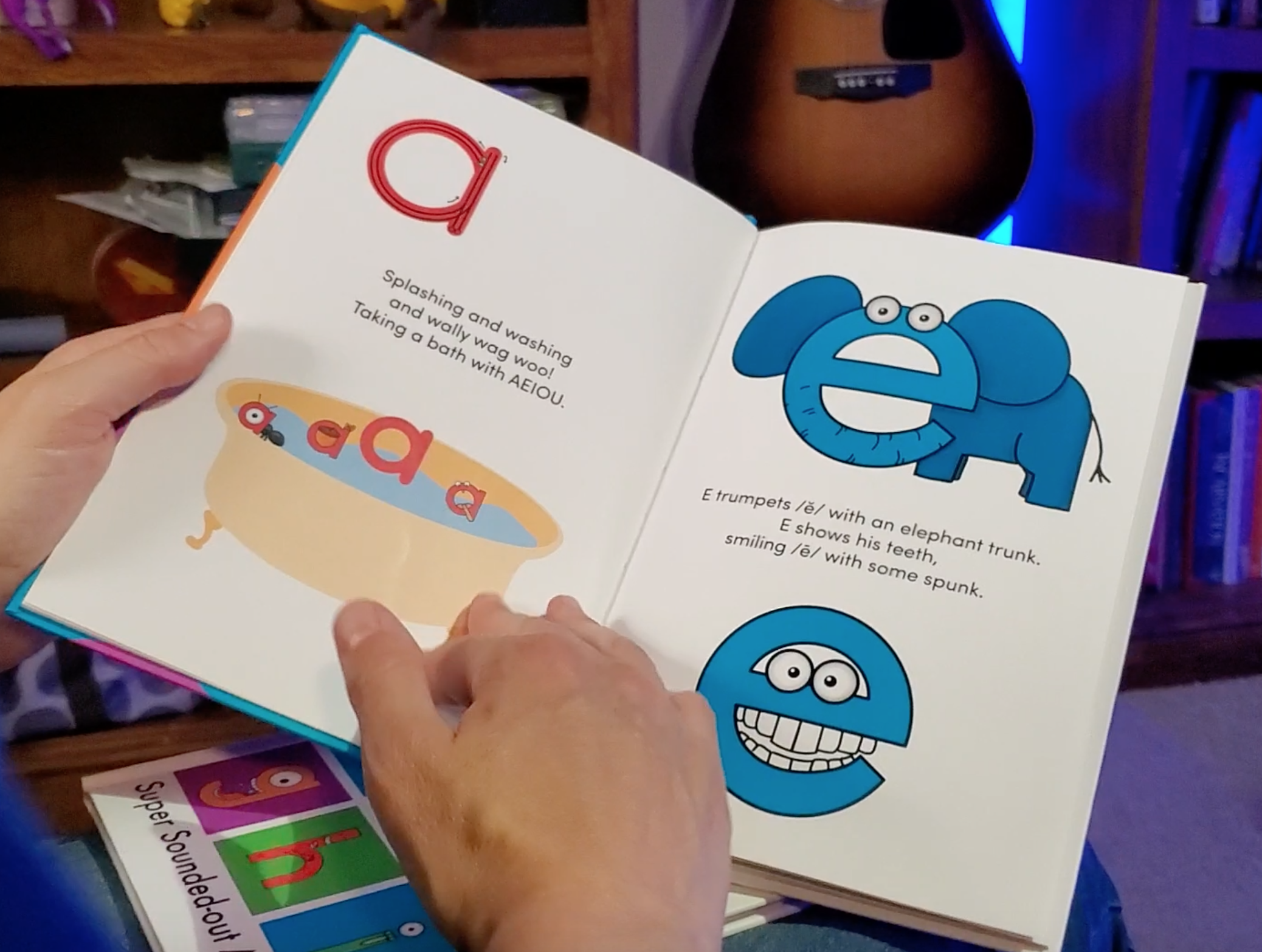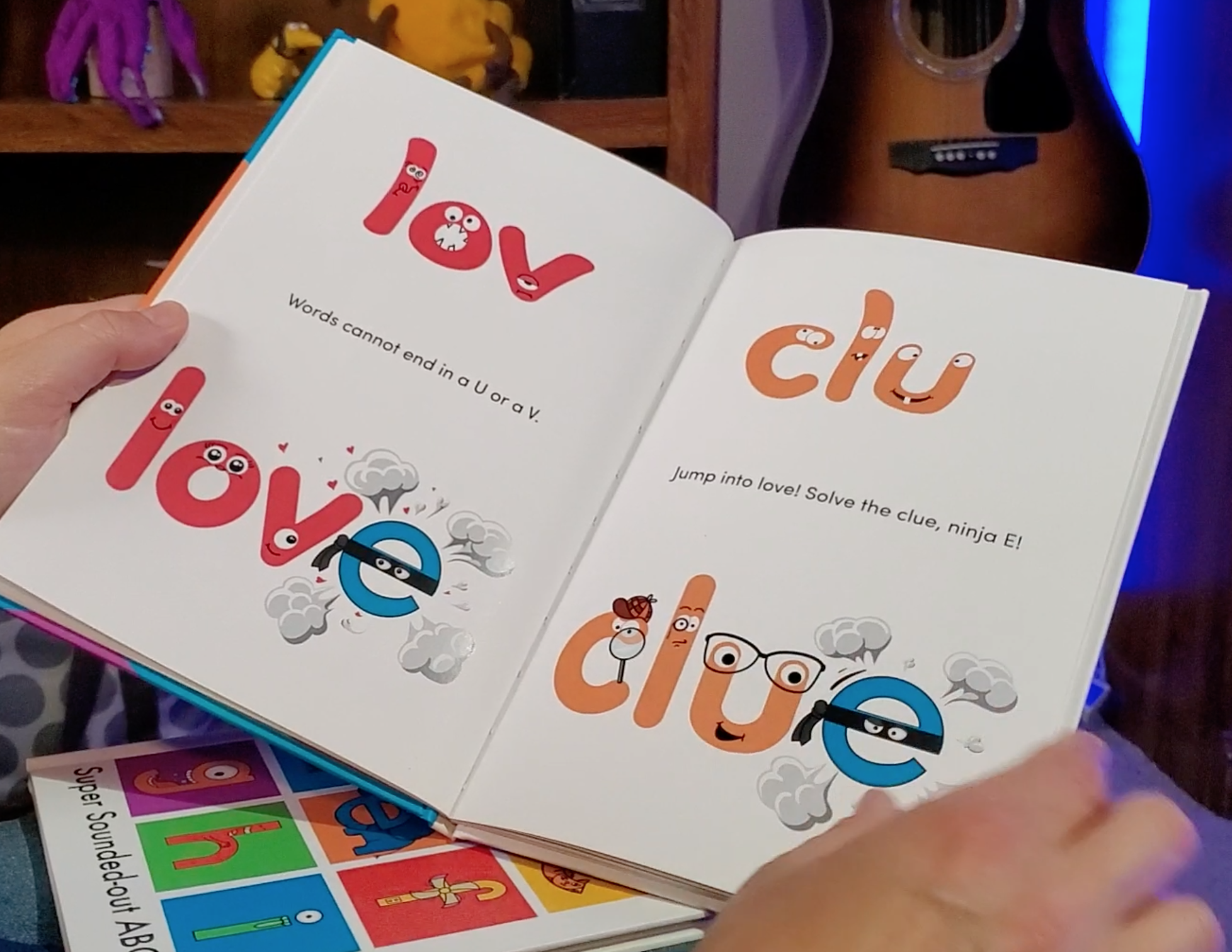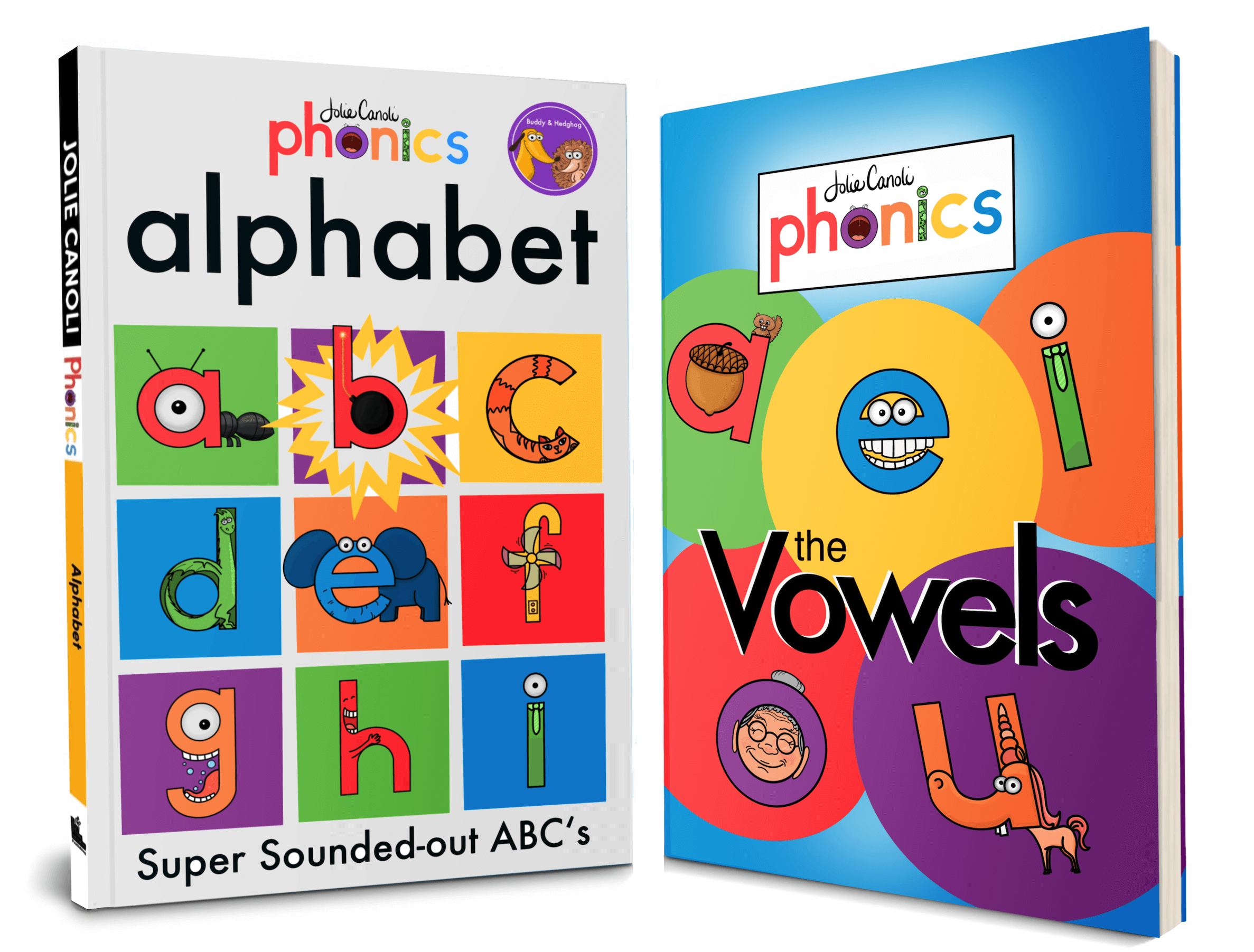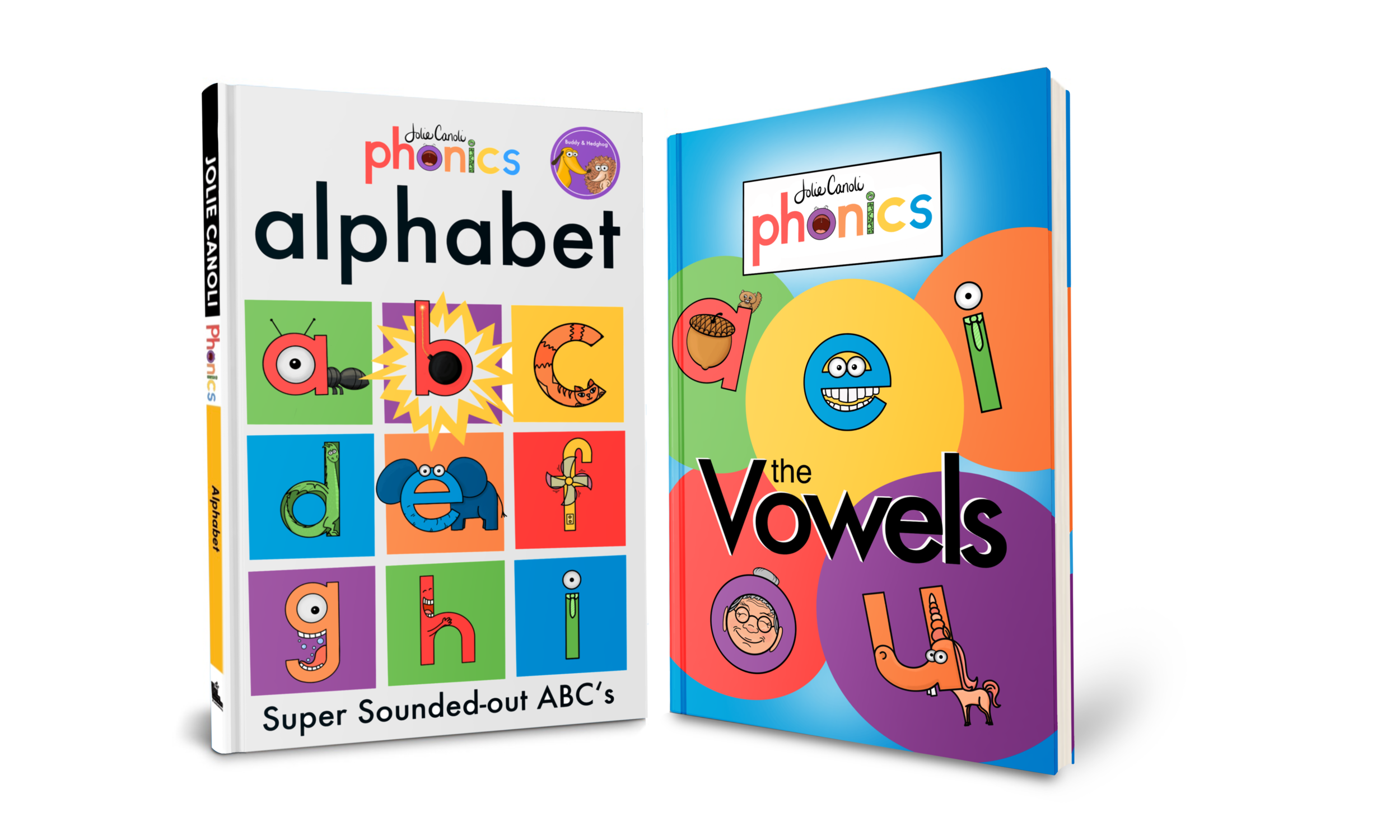Your nervous system, or supercomputer control center, big commando, or whatever you want to call it, keeps your body running smoothly. Your nervous system contains the brain, spinal cord, and nerve cells, also called neurons.
The nervous system consists of the central and peripheral nervous system. The central nervous system includes your brain and spinal cord, while the peripheral system includes the nerves outside these. The brain and spinal cord are in the center of your body, running from the top of your head to the bottom of your tailbone, which is one reason it is called central. Another reason it is called central is because it is connected to all the other nerves in the body; the nerves in your arms and toes, ears, chest, and more! The peripheral nerves sense all around you and within you; without them, you wouldn’t feel, see, hear, or sense anything.
Nerves
Our nervous system has a lot of nerve; or nerves, I mean! Approximately seven trilion nerves, to be exact! Most of the nerves in the body can be found in one organ —the brain. There are about 100 billion in the brain alone!
Nerve cells, also called Neurons, are used to communicate between organs. The brain communicates between organs all the time. In fact, if the brain cannot communicate with your heart or your lungs, you will die.
Neurons are made up of a cell body (called the soma), an axon, and dendrites. Neurons always send information from the dendrites to the cell body and out to the axon; the axon terminal then connects to other nerves.
Sensory and motor neurons are found in the peripheral nervous system, whereas the interneurons are found in the brain and central nervous system.
The brain is the head honcho of the nervous system, processing 11 million bits of information every second! We are only conscious of about 10 to 50 bits per second, but the brain is very busy doing a lot for us all the time! The spinal cord is a superhighway of nerves that connect our brain to the peripheral nerves.
You can learn about your incredible nervous system in a PDF lesson which includes an illustrated lesson on the nerves and nervous system, a second lesson on the brain, plus memory posters and quizzes for each!

